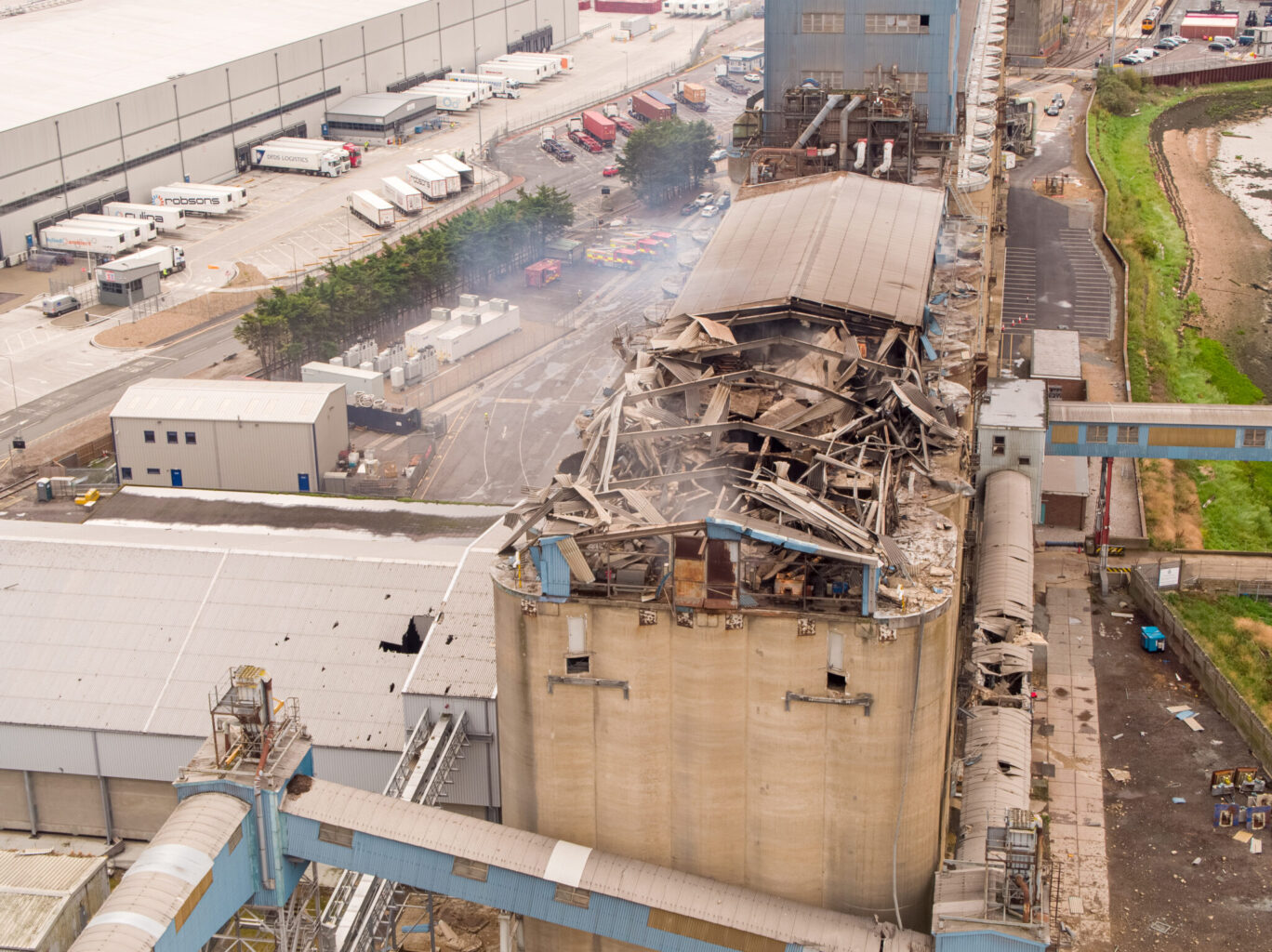
Efficiently Assess, Accurately Process: Drones Revolutionising Insurance Claims
Using drones for insurance claim assessments has become an increasingly popular and efficient method in the insurance industry. Drones offer a range of benefits, including faster and more accurate assessments of damages, simpler access, reduced costs, improved safety for adjusters, and enhanced customer experience. By utilising professional drone operators such as Drone Media Imaging, insurance companies can streamline their claims process, expedite settlements, and provide better service to policyholders.The Benefits of Using Drones for Insurance Claims
“Using Drones for Insurance Claims”
In recent years, the use of drones has become increasingly popular in various industries, and the insurance sector is no exception. Drones offer a range of benefits when it comes to processing insurance claims, making the entire process more efficient and accurate. One of the main benefits of using drones for insurance claims is the ability to quickly access and assess damage. Traditionally, insurance adjusters would have to physically visit the site of an incident to evaluate the extent of the damage. This process could be time-consuming, especially in cases where the location was difficult to access. With drones, however, adjusters can hire professional operators to easily fly over the affected area and capture high-resolution images and videos. This allows them to assess the damage remotely and make faster decisions regarding the claim.
Furthermore, drones provide a level of detail that is often difficult to achieve through traditional methods. By capturing images and videos from various angles, adjusters can obtain a comprehensive view of the damage. This level of detail is crucial in accurately estimating the cost of repairs or replacements. Additionally, drones can capture images in real-time, allowing adjusters to monitor the progress of repairs and ensure that the work is being carried out as agreed upon. Another advantage of using drones for insurance claims is the increased safety for adjusters. In some cases, the site of an incident may be hazardous or inaccessible, such as a damaged roof or a flooded area. Sending adjusters into these dangerous environments puts them at risk of injury. By using drones, adjusters can assess the damage without putting themselves in harm’s way. This not only ensures their safety but also reduces the liability for insurance companies.
Moreover, drones can significantly reduce the cost of processing insurance claims. Traditional methods often involve hiring additional personnel, such as photographers or surveyors, to assess the damage. This can be expensive and time-consuming. Drones, on the other hand, eliminate the need for these additional resources. Insurance companies can invest in a fleet of drones and train their adjusters to operate them, resulting in long-term cost savings. In addition to these benefits, the use of drones for insurance claims can also improve customer satisfaction. By providing faster and more accurate assessments, insurance companies can expedite the claims process and reduce the time it takes for policyholders to receive compensation. This not only improves the overall customer experience but also enhances the reputation of the insurance company.
The use of drones for insurance claims offers numerous advantages. From quick damage assessment to increased safety for adjusters, drones have the potential to revolutionise the insurance industry. By investing in this technology, insurance companies can streamline their claims process, reduce costs, and improve customer satisfaction.
https://www.dronemediaimaging.co.uk/using-drones-for-insurance-claim-assessments/
Comments